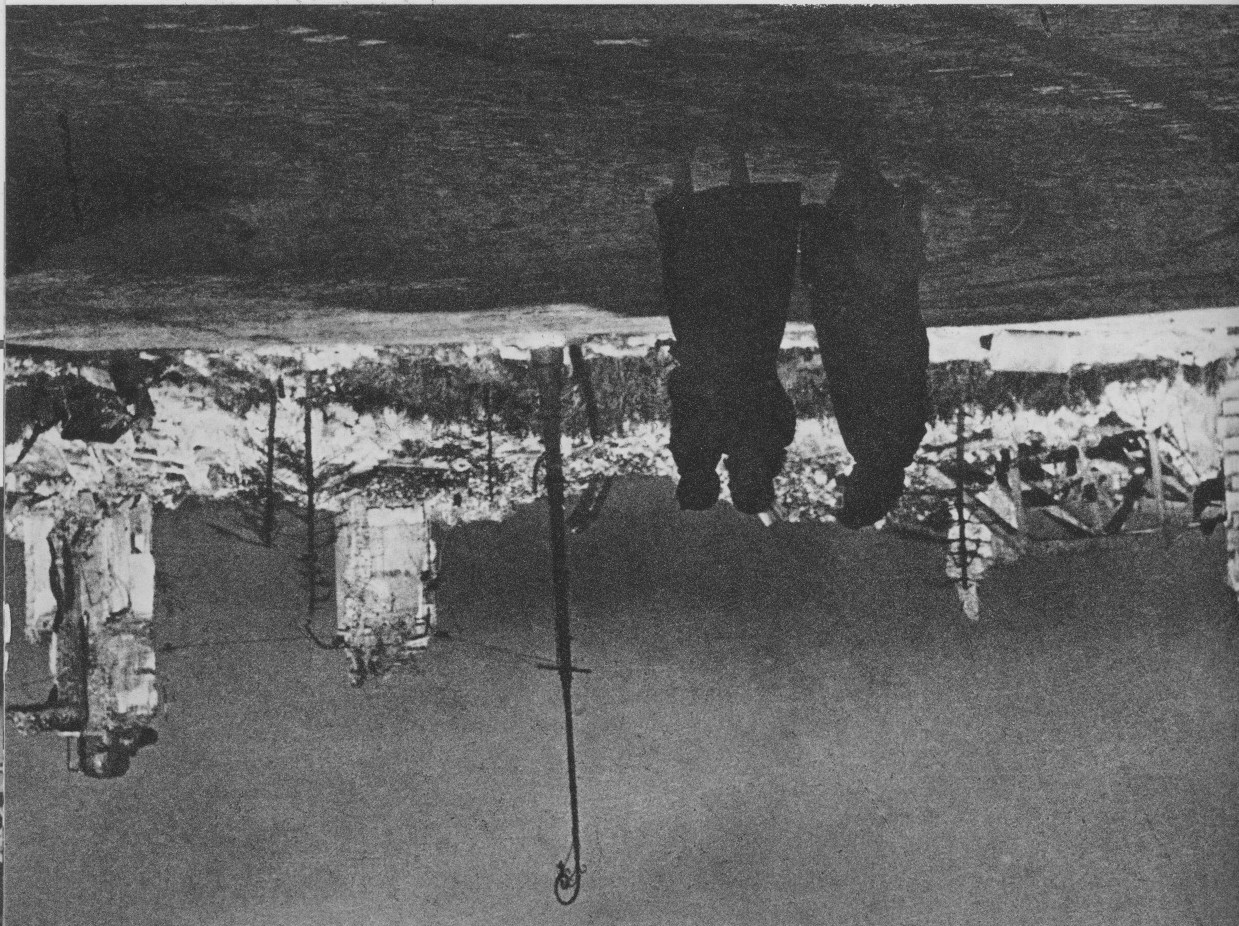|
St Martin's Church, Warsaw
St. Martin's Church ( pl, Kościół św. Marcina) is a church in Warsaw, Poland. It is located on ''ulica Piwna'' ("Beer Street") in the Polish capital's Old Town. History It was established in 1353 together with the adjacent Augustinians cloister and a hospital of the Holy Spirit ''intra muros'' by Siemowit III duke of Masovia and his wife Eufemia. In 1571 the famous Wojciech Oczko was made a hospital doctor. The church itself, which was a stone, gothic building, was erected at the turn of 14th and 15th century. Its entrance was located from the side of the town walls, not from Piwna street where it is today. The temple had three altars: the main altar of St. Martin and side altars of the Holy Ghost and of St. Dorothy. In the 17th century in the churchyard of the Augustinians' Monastery sessions of local Mazovian parliament were organised. After some fires, which destroyed the church in the 15th and 17th centuries, it was converted in baroque style by Giovanni Spinola from It ... [...More Info...] [...Related Items...] OR: [Wikipedia] [Google] [Baidu] |
Castle Square, Warsaw
Castle Square ( pl, plac Zamkowy) is a historic square in front of the Royal Castle – the former official residence of Polish monarchs – located in Warsaw, Poland. It is a popular meeting place for tourists and locals. The Square, of somewhat triangular shape, features the landmark Sigismund's Column to the south-west, and is surrounded by historic townhouses. It marks the beginning of the bustling Royal Route extending to the south. History The column commemorating King Sigismund III of Poland (a work by Clemente Molli, erected in 1644) is the oldest and one of the symbolic landmarks of the city and the first secular monument in the form of a column in modern history. On the east side of the square stands the Royal Castle reconstructed after the devastation of World War II. It was formerly the residence of the dukes of Mazovia, and then of the Polish kings and grand dukes of Lithuania from the 16th to 18th centuries. The Germans bombed and blew it up in the beginning ... [...More Info...] [...Related Items...] OR: [Wikipedia] [Google] [Baidu] |
Rococo
Rococo (, also ), less commonly Roccoco or Late Baroque, is an exceptionally ornamental and theatrical style of architecture, art and decoration which combines asymmetry, scrolling curves, gilding, white and pastel colours, sculpted moulding, and ''trompe-l'œil'' frescoes to create surprise and the illusion of motion and drama. It is often described as the final expression of the Baroque movement. The Rococo style began in France in the 1730s as a reaction against the more formal and geometric Louis XIV style. It was known as the "style Rocaille", or "Rocaille style". It soon spread to other parts of Europe, particularly northern Italy, Austria, southern Germany, Central Europe and Russia. It also came to influence the other arts, particularly sculpture, furniture, silverware, glassware, painting, music, and theatre. Although originally a secular style primarily used for interiors of private residences, the Rococo had a spiritual aspect to it which led to its widespread use in ... [...More Info...] [...Related Items...] OR: [Wikipedia] [Google] [Baidu] |

